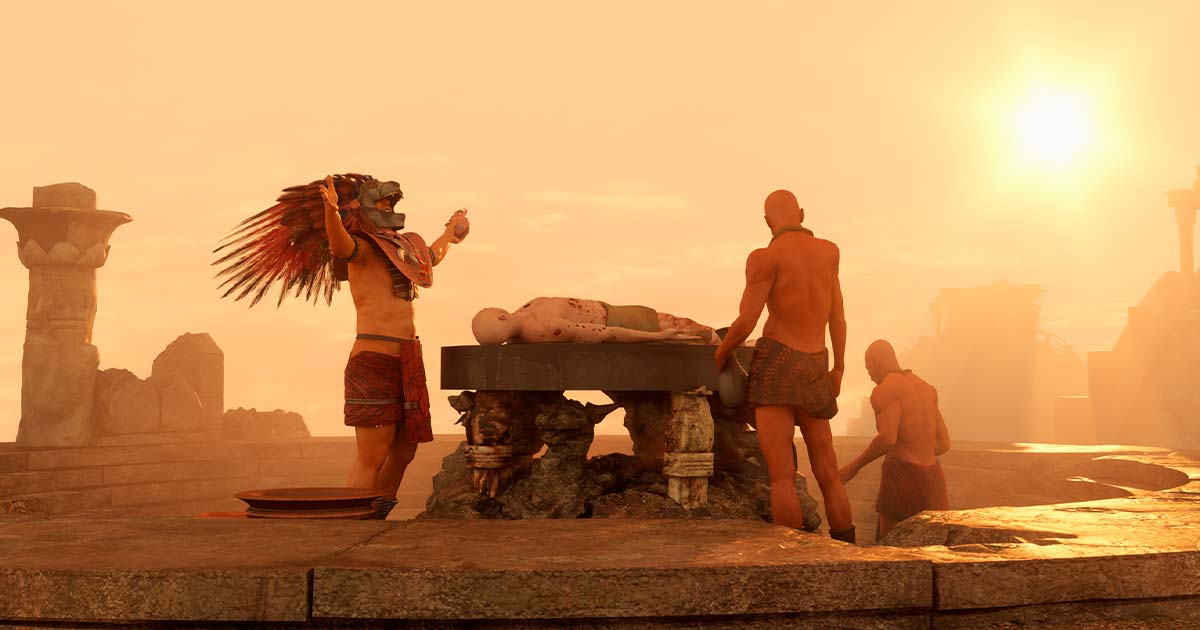At this Aztec Festival, Priests Wore Capes of Human Skin from Sacrifice Victims
Few festivals of the ancient world are as strikingly eerie and gruesome as the Aztecs' Tlacaxipehualiztli. Held annually during the second month of the Aztec calendar, Tlacaxipehualiztli was a festival dedicated to Xipe Totec, the god of fertility, agriculture, and war. The god’s name, "our lord the flayed one," provides a haunting clue about the unique and terrifying feature of this celebration: the ritualistic wearing of human skin by Aztec priests.
To fully understand this macabre tradition, it's essential to grasp the symbolic significance behind it. Xipe Totec was often depicted wearing flayed human skin, representing themes of rebirth and the cyclic nature of life. The act of flaying a sacrificed individual and then donning their skin was seen as an embodiment of this deity, symbolizing the death of old seasons and the blossoming of new ones.
Skin-Wearing Priests: A Gruesome Devotion
Before the main ritual took place, the chosen sacrifices – often war captives – were made to impersonate the god Xipe Totec. They were dressed in ornate costumes and paraded around, living their final days in this divine mimicry. Following their sacrifice, the priests would carefully flay the skin from the body. In a ceremonial procession, these skins were then handed to the priests, who would drape themselves in this chilling 'garment', transforming into a living representation of Xipe Totec.
- Xipe Totec: This Gory God Shows the Unique Way Aztecs Viewed Fertility and Renewal
- On The Edge Of A Blade: Grasping Aztec Violence and Human Sacrifice

Aztec illustration of Aztec god, Xipe Totec, showing human skin draped over his shoulders and legs (Public Domain)
Festival of Contrasts: Reverence Amidst Horror
The sight of priests moving about, their bodies enveloped in the slack, freshly-flayed skin of sacrificial victims, would be deeply unsettling. But for the Aztecs, this act was not about evoking horror for its own sake. It was a profound spiritual gesture, a means of drawing closer to the god they venerated and of ensuring his blessings for the agricultural season ahead.
For 20 days following the ritual, the priests would wear the skins in both public ceremonies and daily activities. As the days passed, the skins would naturally decay, turning from a fleshy hue to a decomposed state, symbolizing the process of death and rebirth. At the end of this period, the decaying skins were removed and stored in sacred underground chambers, believed to be imbued with divine energies.
The Aztecs, in their fervor and faith, saw past the immediate horror, perceiving a deeper symbolic resonance that was vital to the harmony of their world.
Top image: At Tlacaxipehualiztli, Aztec priests wore the skin of sacrifice victims. Source: de Art / Adobe Stock.

















